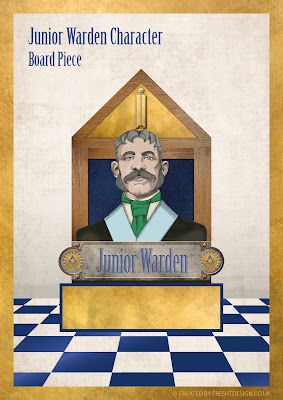 |
| Courtesy chairish.com |
I heard a brother of grand rank got a little wobbly and needed to be helped into a chair at the proposal of this gesture, but it’s for a worthy cause. Thanks to a good brother Mark Mason in Northamptonshire and Huntingdonshire, we have Tea at Three now.
Time to Toast (#TimeToToast) arrives when the hands on the clock form the angle of a square at the nine o’clock hour, and Tea At Three (#TeaAtThree) does likewise at, yes, 3 p.m.—scandalously an hour ahead of conventional tea time—but, again, it’s for the noble and glorious purpose of Masonic solidarity at this time of forced absence.*
Now I’m inspired to announce something for the 9 a.m. hour. Hmmmmm. Yes! Nic at Nine (#NicAtNine). We all shall light our pipes, or whatever is handy, at nine o’clock in the morning. Some suggestions:
 |
| Photos courtesy Pipes & Cigars |
*There is no truth to the slanderous rumor that Freemasons dial 998 for special responses during emergencies! Just wanted to put that out there.

























































































